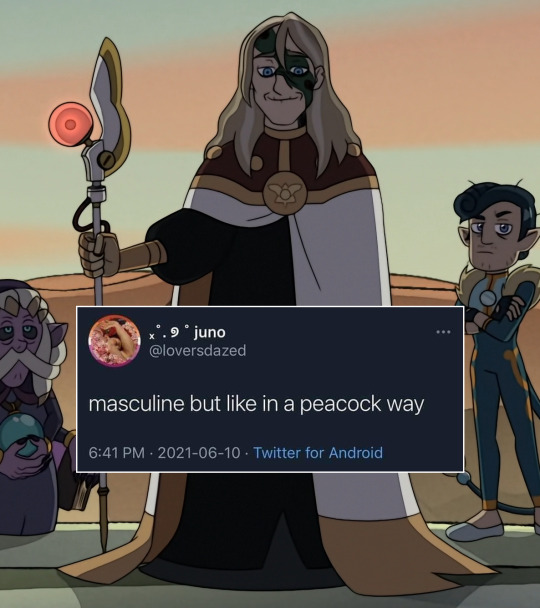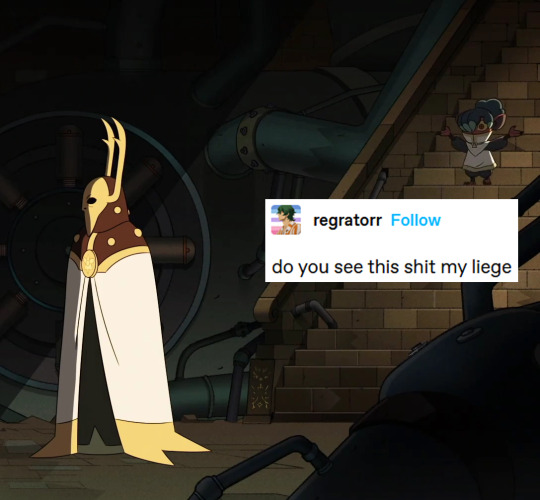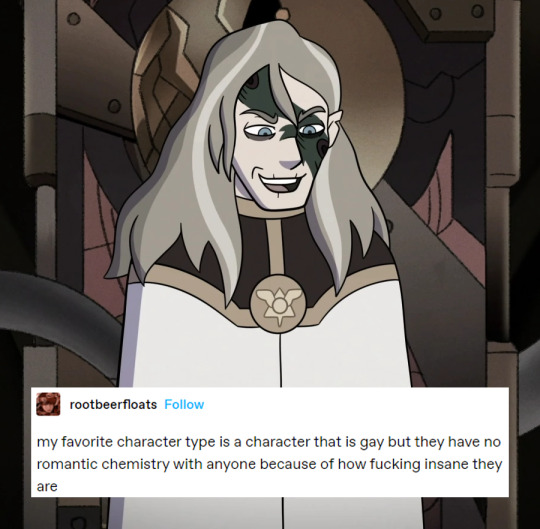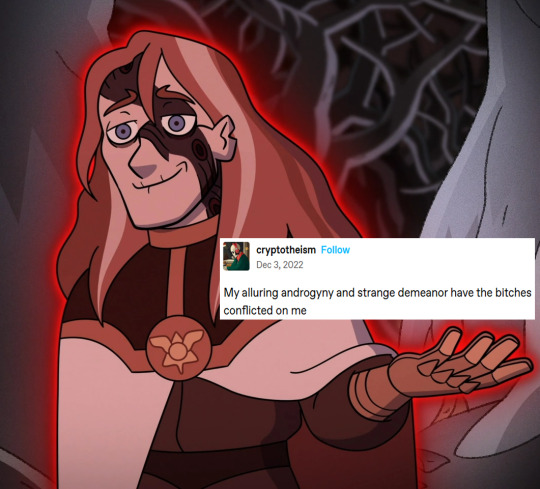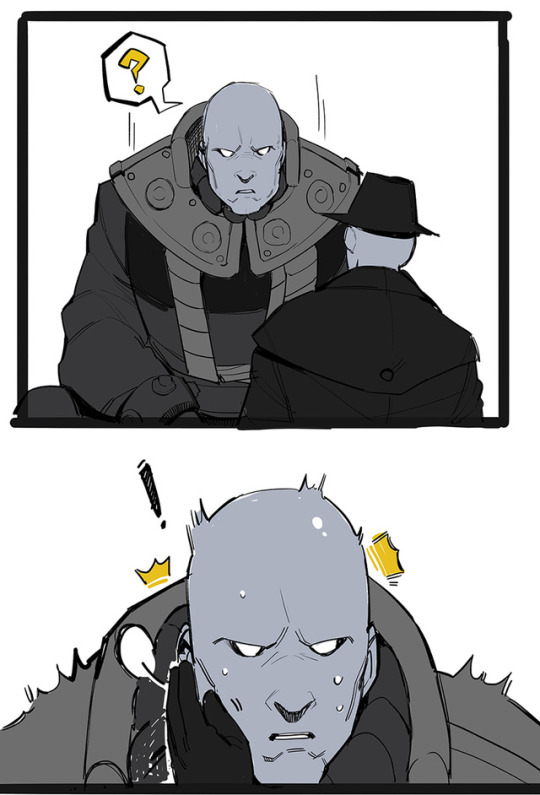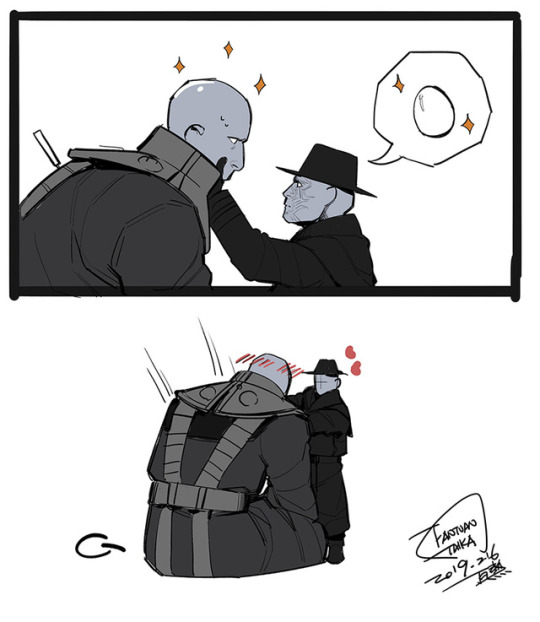Note
question: do you think stone would wear a dress (or a maid dress woah who said that) is robotnik asked him to do so? How would they both react? :3

This is an important step on the plan to conquer the world, trust.
ko-fi
1K notes
·
View notes
Text
A warm-up can rlly do wonders
Who would've guessed- first legit post ig, hello everyone!


3 notes
·
View notes
Text


everybody give it up for this brand of green. round of applause for most under appreciated green
104K notes
·
View notes
Text
Final post on digitigrade humanoids, and then I have a couple other projects in progress to get to. (Here is the breakdown on common problems with drawing digitigrade legs and how to correct them)
First up: a basic comparison of some animal and human leg bones and simplified muscle structures.

(Description: five simple skeleton drawings with a red outline to show the full body shape. Muscle groups in the legs are marked with translucent colors. There is a human, a dog, a house cat, a goat, and a horse.)
As seen here, human legs have long leg bones, almost entirely straight in their alignment. The muscle groups are also long and closer to the bone, with only some overlap at the knee so it can bend. Our feet are also short and the entire foot is on the ground because we are plantigrade animals.
In contrast, though all these animals have different proportions and structure from each other, the digitigrade animals all have distinctly shorter leg bones relative to body size compared to the human. Their pelvic bones are also much thinner in side profile, while the human pelvis is very round and large.
All the digitigrade animals have their kneecaps very small, almost nonexistent, and some kind of bend at the knee which is helped by the way the pelvis tilts down before the tail. The horse has the least bent knee and the cat has the longest leg bones with the most bent knee.
But all of them have leg muscles that attach in a much wider area at the top and taper down with lots of overlap to the ankle in a smooth manner. The foot bones are long and mostly surrounded by tendons and ligaments instead of muscle.
It helps to see the full skeletons instead of just the leg, because it shows just how much the digitigrade leg shape is tied to these quadrupedal skeletons and muscle structures.
So next question is, how do you make the distinctly quadrupedal digitigrade leg work on a bipedal form?

(Description: close up drawing of a regular goat leg showing the bones next to a sketch of a satyr that also shows he simplified skeleton with more detailed leg bones. The arm is missing so it wouldn't get in the way of the leg.)
The way I have worked out the digitigrade problem is by reshaping the pelvis and shortening the leg bones, while also adding a slight bend at the knee and smoothing out the muscle structure. The pelvis now is a little narrower, tilting forward slightly. It also has a longer tailbone because the satyr has a short tail. All of this results in a bigger curve at the lower back to counter the differently shaped leg. I kept a human-like kneecap to facilitate the straighter bipedal structure of the leg, and the lower leg is still shorter than the femur like a human, instead of having the lower leg longer like most digitigrade animals. Otherwise the leg would get a bit too long on top and start to have the z shape problem.
I also tried to animate a walk cycle

(Description: a looping gif of a very sketchy wall cycle comparing a normal human and a digitigrade human. To fill space I added a simplified bird flying behind them. The normal human lifts their knees a little too much, but it's clear to see that the normal human has a lengthier stride than the digitigrade human which does have to lift their knees more to keep up with the normal human stride. The digitigrade human also appears to have more motion in their hips, head, and shoulders as they walk.)
Not perfect but I did my best haha. I wanted to add a quadrupedal walk cycle but I somehow got mixed up on which legs were moving when and got a weird limp that I couldn't figure out how to correct. So I erased that part and added the bird to take up the extra space.
And that concludes my thoughts on digitigrade humanoids! It can look different based on the animal you're using as a reference of course, but I think I figured out a decent way to blend the bipedal figure and the digitigrade leg form.
509 notes
·
View notes
Text
My first scene for the Sock Opera Reanimation project
13K notes
·
View notes
Text
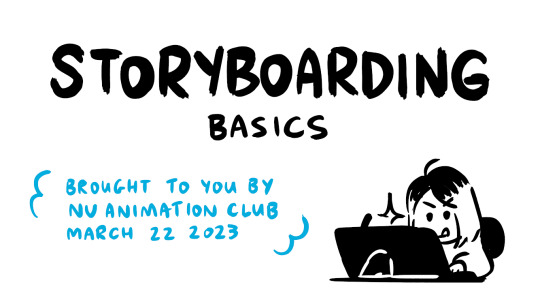
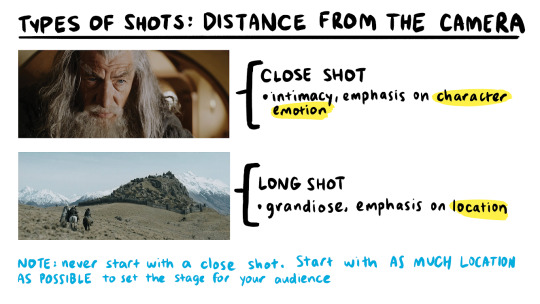
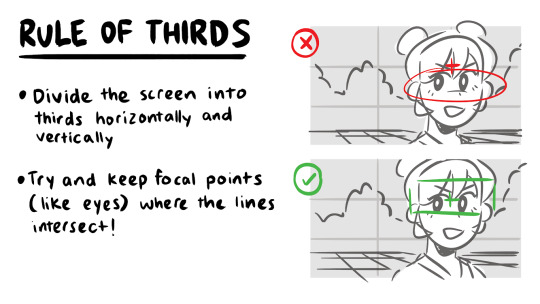
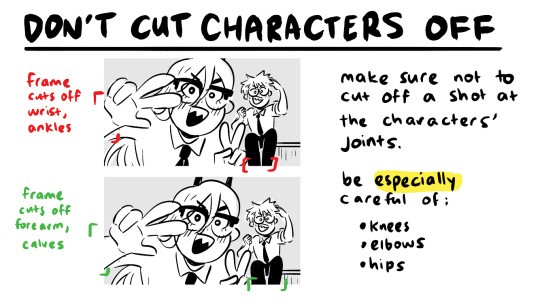
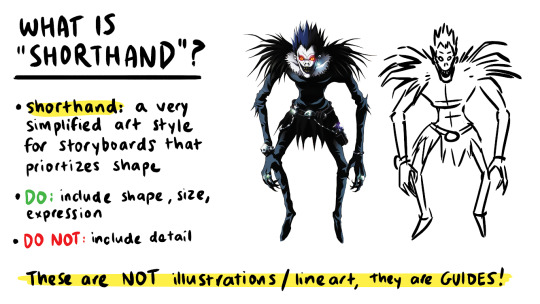
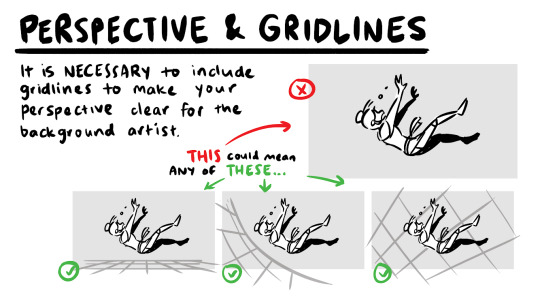
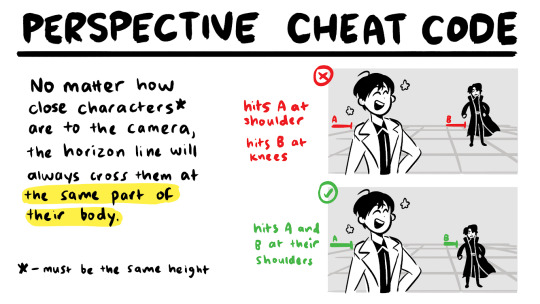
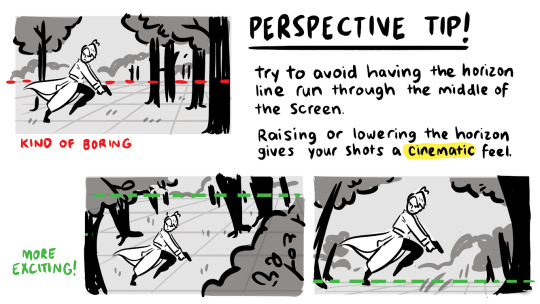
a couple snippets from a presentation i gave at school this past week on storyboarding!!
‼️DISCLAIMER: I am still a student and have only worked on student and indie projects! This is just stuff that I personally find helpful as an amateur, so feel free to take it with a grain of salt!
Happy boarding, friends! ✍️💕
62K notes
·
View notes
Photo
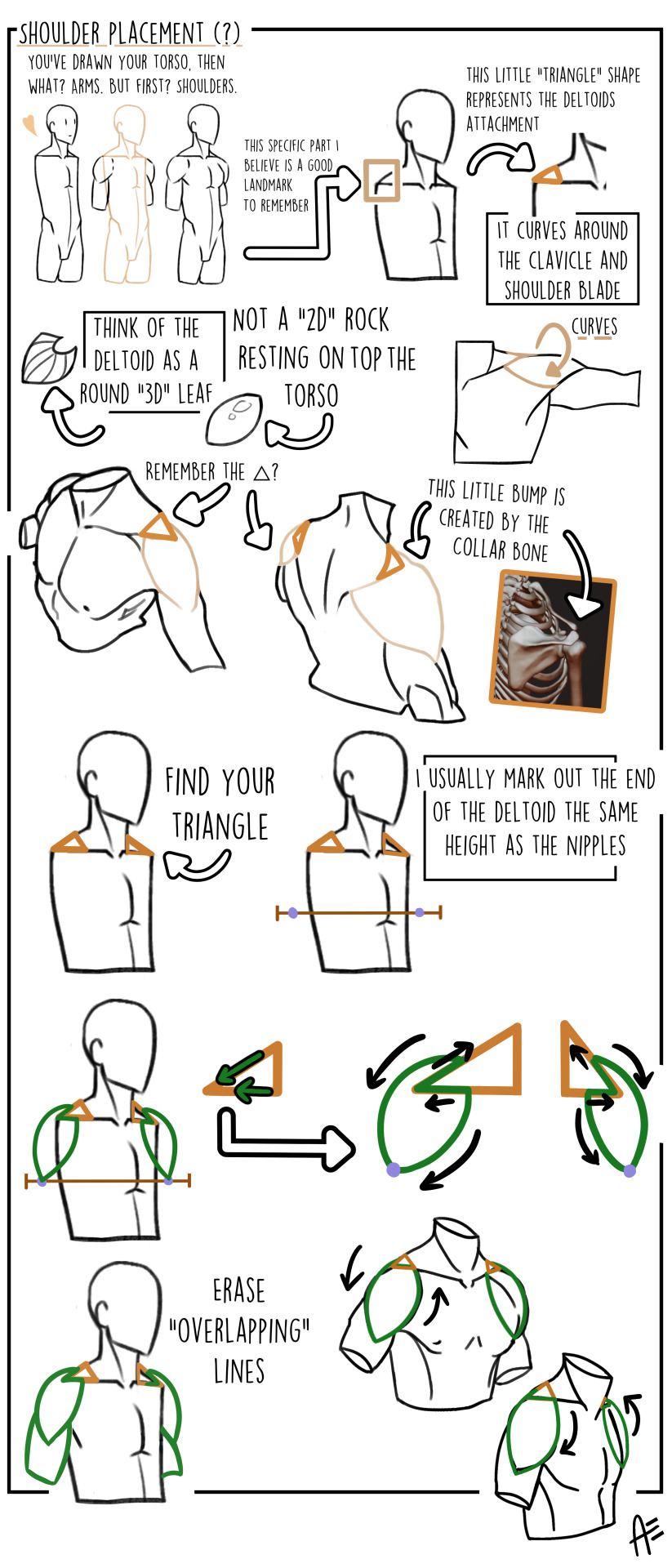
Can we c̸̡̢͎̦̖̈́ ą̷̦̩̼͎̜̓̑̄̔́͝ͅͅͅ n̷̨̝̯̙̤͆̈̇́ͅ c̴͕͓̰̦̪̭͎͖̠̋͒̀͜ ę̷̧̙͖̼̘̦̬̦̺̈͒͆͊͝ l̵̜͉͓̥͊̑͛̚̕ shoulders?
They have no right to be this hard to draw.
23K notes
·
View notes








